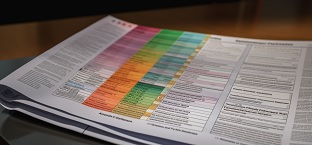 It's essentially a document that records all risks associated with certain activities and encourages prevention and management of health and safety hazards. A Safety Risk Register can help protect against incidents by providing detailed information on potential risks so that necessary precautions are taken.
It's essentially a document that records all risks associated with certain activities and encourages prevention and management of health and safety hazards. A Safety Risk Register can help protect against incidents by providing detailed information on potential risks so that necessary precautions are taken.
